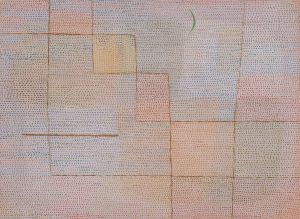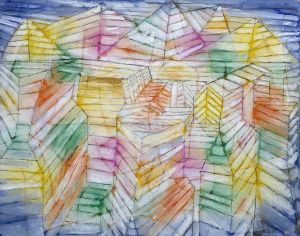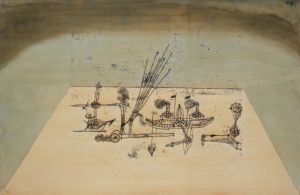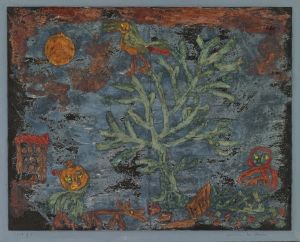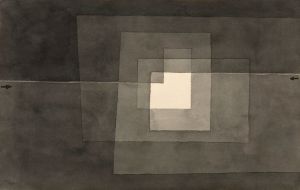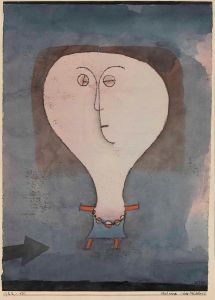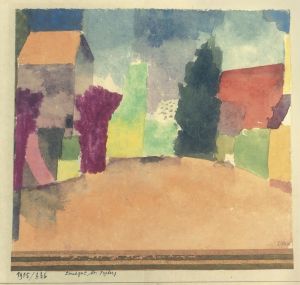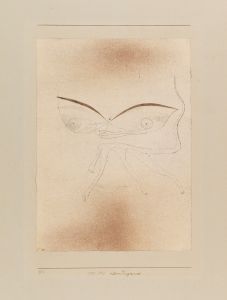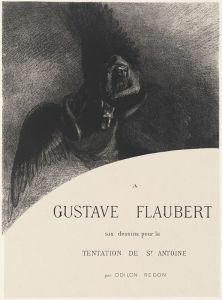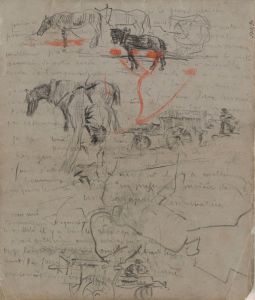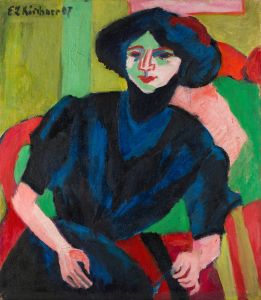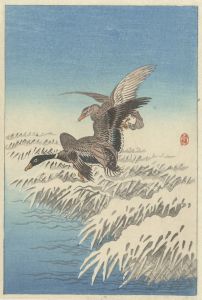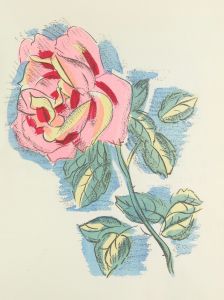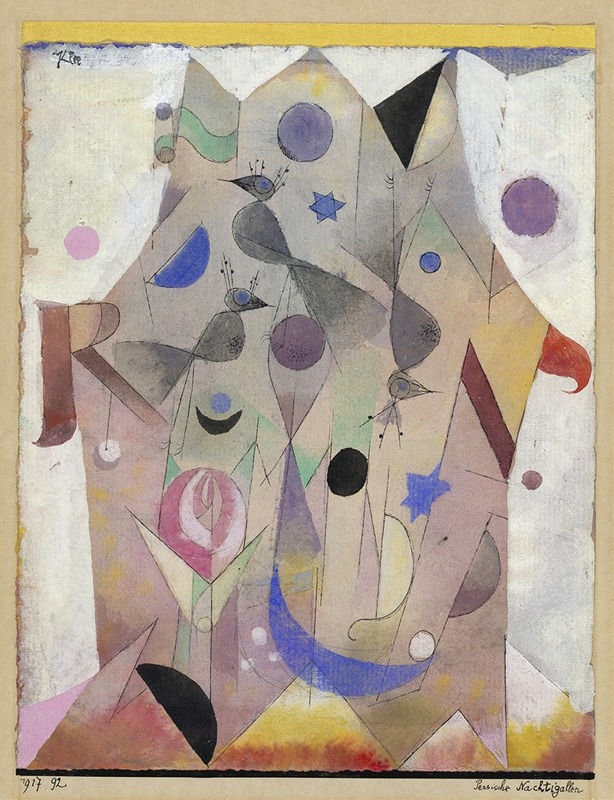
Persische Nachtigallen
A hand-painted replica of Paul Klee’s masterpiece Persische Nachtigallen, meticulously crafted by professional artists to capture the true essence of the original. Each piece is created with museum-quality canvas and rare mineral pigments, carefully painted by experienced artists with delicate brushstrokes and rich, layered colors to perfectly recreate the texture of the original artwork. Unlike machine-printed reproductions, this hand-painted version brings the painting to life, infused with the artist’s emotions and skill in every stroke. Whether for personal collection or home decoration, it instantly elevates the artistic atmosphere of any space.
Paul Klee's Persische Nachtigallen (translated as Persian Nightingales) is a painting created by the Swiss-German artist in 1917. Klee, a key figure in modern art and a member of movements such as Expressionism, Cubism, and Surrealism, was known for his innovative use of color, symbols, and abstract forms. This particular work reflects his fascination with blending visual art and poetic imagination.
The painting is characterized by Klee's signature style, which often combines geometric shapes, delicate lines, and vibrant colors. In Persische Nachtigallen, Klee employs a dreamlike composition that evokes a sense of lyrical beauty. The title suggests an inspiration drawn from Persian culture, particularly its rich poetic and artistic traditions, where the nightingale is a recurring symbol of love and beauty. However, Klee's interpretation is abstract rather than literal, leaving the imagery open to interpretation.
Created during a period when Klee was serving in the German army during World War I, the painting reflects his ability to maintain a sense of creativity and introspection despite the surrounding turmoil. Klee was stationed in a relatively safe administrative role, which allowed him to continue producing art during the war years. This period marked a significant evolution in his artistic style, as he increasingly explored abstraction and symbolism.
The painting is executed in watercolor and ink on paper, a medium Klee frequently used for its versatility and ability to convey delicate textures. The work is part of Klee's broader exploration of themes related to nature, music, and the interplay between the visible and the invisible. His interest in music, in particular, often influenced the rhythmic and harmonious qualities of his compositions.
Today, Persische Nachtigallen is held in a private collection, and its exact location is not publicly disclosed. As with many of Klee's works, it continues to be celebrated for its innovative approach to form and meaning, as well as its ability to evoke a sense of wonder and introspection.
This painting exemplifies Klee's unique ability to merge diverse cultural influences with his own artistic vision, creating works that transcend specific time or place. It remains an important piece within his extensive oeuvre, which has had a lasting impact on modern art.





